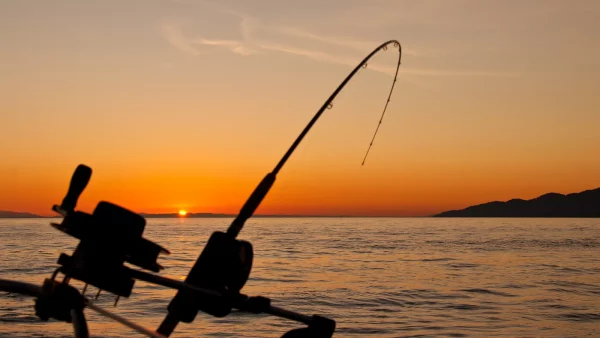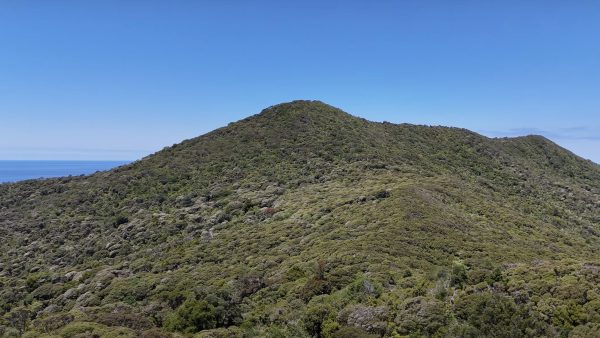Fisheries New Zealand has pinpointed a combination of climate-related factors as the likely cause of Milky White Flesh Syndrome in snapper, according to a new report.
Skinny snapper with mushy, white flesh instead of the usual firm and translucent texture were first noticed in the Hauraki Gulf in August 2022, although they are not malnourished due to disease or food safety issues, the document claims.
“Early and ongoing tests ruled out exotic disease and food safety issues, meaning that fish with the syndrome are still safe for people to eat if they choose to,” Simon Lawrence, director of science & information at Fisheries New Zealand explained.
The report attributes the syndrome to a complex interaction of factors, including prolonged La Niña weather patterns and warmer waters which reduce the availability of phytoplankton and zooplankton—key food sources for snapper.
“This is a complex issue, and is more likely to be due to the effect of recent weather patterns and natural changes in fish biology throughout the seasons. Prevalence of the syndrome appears to be declining which supports these theories,” Lawrence noted.
He also mentioned that warmer ocean temperatures might be impacting snapper metabolism, increasing their energy usage and food requirements.
Despite concerns, Lawrence claimed that fishing does not impact snapper’s primary food sources, and the areas where bottom trawling is allowed do not overlap with the regions most affected by the syndrome.
The National Institute of Water and Atmospheric Research (NIWA) conducted the study, gathering data from both commercial and recreational fishers, particularly around the inner Hauraki Gulf near Auckland and Doubtless Bay in Northland.
Data analysis included environmental factors like sea surface temperatures, and findings suggest a correlation with the observed decrease in individual growth rates of snapper across New Zealand over the past 15 years.
“We know that individual growth rates of all snapper around New Zealand have declined over the last 15 years as snapper abundance has increased, which could be explained by the mix of factors at play,” Lawrence added.
Further research continues on the North Island’s west coast where snapper with similar symptoms have been reported, though no biosecurity concerns have arisen.
“The report underlines this complexity and its insights will be used in future fisheries assessments,” Mr. Lawrence concluded.







